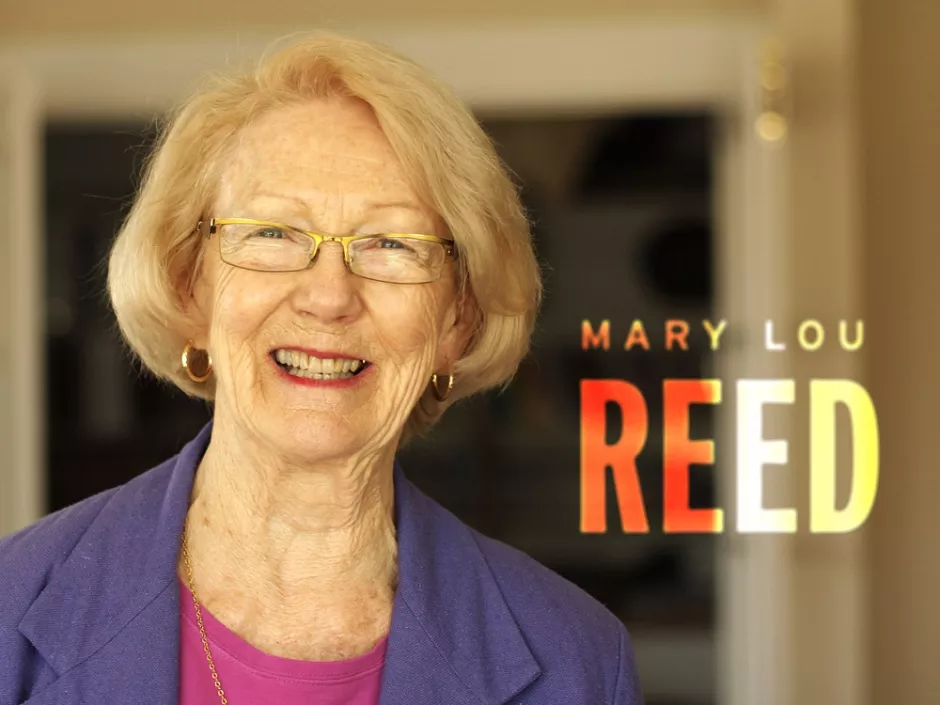The Occupy Wall Street spirit is circumnavigating the globe. Demonstrations have popped up like rabbits out of the hat in London, Paris, Rome and the Great Beyond.
Off to a quiet start on Sept. 17, the youthful protest has morphed into a Movement with a capital M. The momentum has been building — acquiring the enviable Big MO — and it’s only a guess as to whether it will explode, implode or die a lingering death.
My money’s on an explosion. We witnessed the Arab Spring earlier in 2011. I think we’re in the midst of the Occupation Fall.
According to anecdotal reports, on Saturday, Oct. 15, there were demonstrations in 951 cities in 82 countries around the world. I’m confident that some of those had nothing to do with the anti-greed protests, and perhaps were more inspired by Octoberfest and good, plentiful beer. But even if the number is closer to 900 cities — that’s a lot.
Spokane and Coeur d’Alene are both in that count. Here in Coeur d’Alene, dozens of animated citizens waved signs at motorists from the corner of Appleway and Highway 95 from 11 am to 11 pm and were met with wavebacks and horn honks of support from passing motorists.
Understandably so.
Ask yourself: If you were a recent college grad, with $35,000 or more in student loans hanging over your head, and no job opportunity in sight, wouldn’t you be inclined to get involved in the Occupy event in the city nearest to you, or climb onboard the Occupation Train that’s leaving for New York?
After all, everybody’s invited. The 99 Percent Movement is about as inclusive as you can get. No secret handshake, no membership fees, no dress code, no blackballs — just everybody who fits in the lower 99 percent of the income scale can join the protest.
And that includes about everyone in North Idaho. Only a
handful of Inland Northwest residents can possibly make $1,137,684 a
year, which is the average income for the top 1 percent of incomes in
the country.
For years, we’ve heard and read about the growing disparity between the rich and the poor. The old line — “the rich get rich and the poor get children” — has been around since the Roaring Twenties, even before the Wall Street Crash that presaged the Great Depression.
What we haven’t learned from history or paid attention to in recent years has been the growing disparity between the very rich and everyone else. And the public has been somewhat oblivious, as the divide has grown from a gap to a chasm.
Mother Jones Online displays the numbers under the heading of “Plutocracy Now.” Between 2007 and 2009, the Mother Jones graphs show gains for Wall Street of 720 percent, a rise in unemployment of 102 percent and a 35 percent drop in the worth of Americans’ home equity. While Wall Street is booming, the average household is losing money or going broke.
And, as we are all painfully aware, most Americans have a great deal of their net worth invested in their homes, whose values continue to be less than they were before the start of the economic slide.
The pinballs of history have been set for some kind of social explosion. Corporations have been steadily shipping jobs out of the country. We hear them resurface in India or South Africa when we call in for tech support for our computers. Teachers and other public servants are being squeezed out of work, new jobs are extremely hard to find because they just aren’t there, and the inspirational Arab Spring is only a couple of seasons back.
Ready, set, boom.
But the appeal of the Occupy Wall Street phenomenon is not just that some people, mostly young, educated and out of work, are finally calling attention to the outrageously out-of-balance, unfair and unstable economy, by organizing into the Occupy Wall Street ranks. That’s the big thing. I’m also impressed by the classy creed the Zuccotti Park folks have hammered out.
The Occupy Wall Street initiators are committed to peaceful non-violence within their encampment and in the face of police attention. And we are told they are also committed to supporting, helping and even liking each other. Idealistic, yes, but strong team-building vows, as well.
Unfortunately, the determination to let everyone’s voice be heard has muddied the clarity of the crusaders’ message. On Oct. 17, the New York Times reported a committee assembled to codify the protesters’ demands has been meeting overtime.
Occupy Wall Street/Occupy Everywhere is obviously still a work in progress. We can’t imagine where Big MO will take the Movement next.
But we can predict that Occupation Fall will be followed by a winter of discontent and more cold hard financial unhappiness for the lives of the 99 percent. Let’s hope that an American Spring will bring recognition by the American electorate of the merits of the protests.
We can also hope Congress is paying attention.
Mary Lou Reed lives in Coeur d’Alene. Her column appears here once a month.

